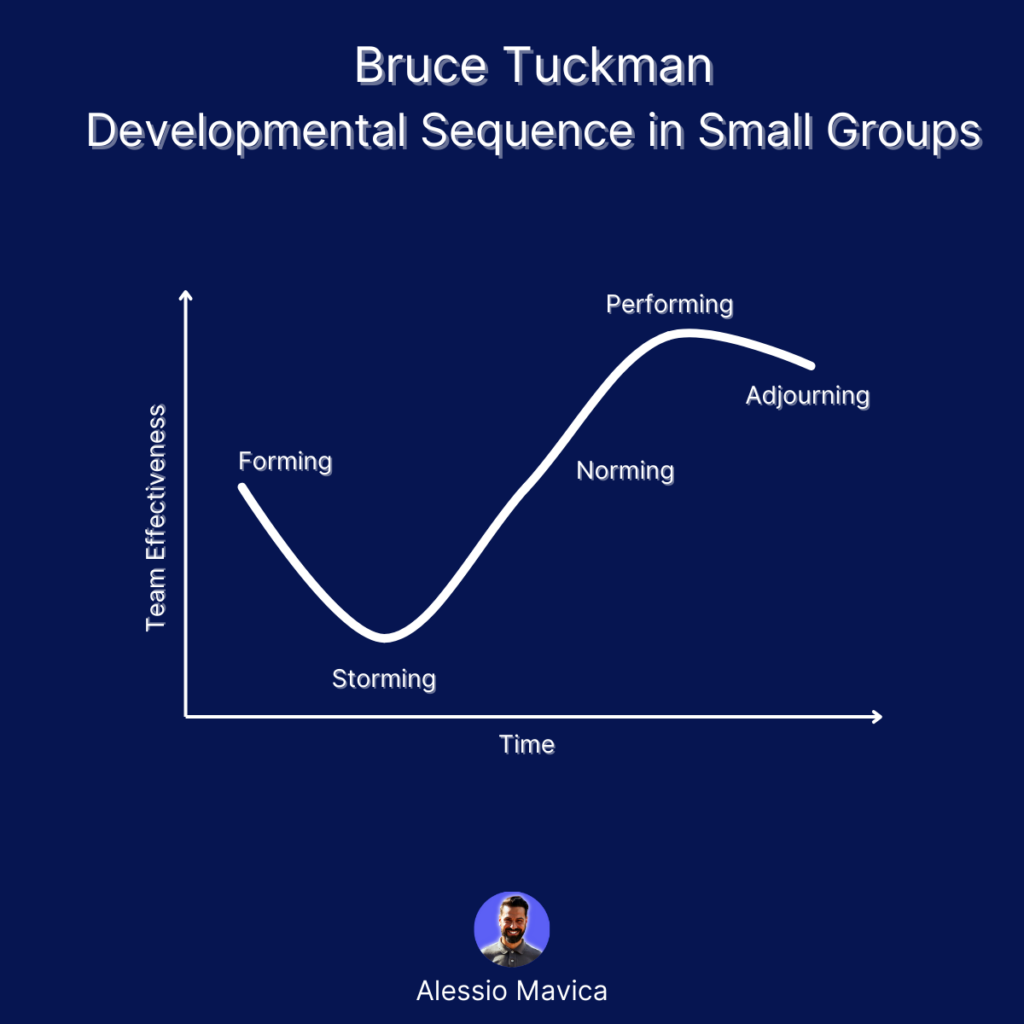Transforming Software Project Management with an All-in-One System
Have you ever felt like you’re juggling too many balls at once when managing software projects? If so, you’re not alone. Many project managers struggle to keep track of tasks, deadlines, and client communications without a central system to streamline everything. The chaos of disparate tools, spreadsheets, and endless email chains can be overwhelming.

But what if I told you there’s a better way? Imagine having an all-in-one system where you can manage every aspect of your software projects. From task assignments to client updates, everything is in one place, giving you the visibility and control you need to stay on top of your game. No more switching between multiple platforms or chasing after team members for updates. Sounds like a dream, right? Well, it doesn’t have to be.
Consider AgencyDots, a solution designed specifically for companies that need to collaborate with external clients. This platform helps you gain insights, boost profitability, and standardize operations. For instance, if you’ve ever struggled with generating consistent client reports, this article breaks down how automated reporting can save you time and reduce errors.
So, why is efficient project management so crucial in this industry? Well, think about all the moving parts in a typical software development project: design, coding, testing, client feedback… the list goes on. Without a centralized system, it’s easy for tasks to fall through the cracks, leading to missed deadlines and dissatisfied clients.
In my experience, adopting an all-in-one project management tool has been a game-changer. It not only improves team collaboration but also enhances client satisfaction by keeping everyone on the same page. With all your project data in one place, you can make more informed decisions and quickly adapt to any changes.
Ready to transform your project management approach? Let’s dive into the practical steps you can take to implement an all-in-one system effectively.
Key Features of an All-in-One System
Centralizing Project Management
From my years of managing software projects, I can’t stress enough how centralizing project management can revolutionize the way we work. Take integrated task management, for example. I recall a project last year where we switched from multiple disjointed tools to a single platform. The difference was night and day – suddenly, everyone knew exactly what they needed to do, and we reduced our project lag time significantly.
Integrated Task Management
Why is task management so crucial? Think of it this way: if your team members are constantly asking, “who’s responsible for this task?” or “when is this due?” you have a problem. A centralized system eliminates these questions by clearly defining roles and deadlines, ensuring everyone is on the same page.
Collaborative Workspaces
Now, let’s talk about collaborative workspaces. In one of our recent meetings, we reviewed how collaborative tools are catching on rapidly. For example, consider how collaborative workspaces have transformed remote working environments due to the COVID-19 pandemic. These workspaces allow team members to work together in real-time, whether they are in the same room or continents apart. The increased efficiency and ease of communication can’t be overstated.
Real-Time Reporting and Analytics
Automated Reports
Another significant feature to consider is real-time reporting and analytics. Automated reports are a lifesaver. I recall a project where we were constantly behind on our manual reporting tasks. Switching to an automated system allowed us to generate reports in real-time, providing up-to-the-minute insights to our clients and stakeholders. It was like having a crystal ball, giving us the foresight to make better decisions quickly.
Dashboard Visualization
Plus, who doesn’t love a good dashboard? I remember presenting a project’s progress on a dashboard to our clients – the visual impact was astounding. Clients could see exactly where we stood, what was completed, and what was next. This transparency not only builds trust but also keeps everyone aligned and focused.
Enhanced Client Collaboration
Communication Tools
Improved client collaboration is a game-changer. Tools that facilitate seamless communication, such as integrated messaging and video conferencing, can drastically reduce the back-and-forth email chains. Think about the last time a project hit a snag due to miscommunication; these tools significantly mitigate that risk.
File Sharing and Version Control
And don’t overlook file sharing and version control. It’s a nightmare trying to track changes across multiple documents and emails. With integrated file sharing and version control, everyone has access to the latest updates, reducing confusion and errors. For more on the importance of version control, check this Wikipedia article.
Making a shift to an all-in-one project management system might seem daunting at first, but the payoff is well worth it. These tools provide a cohesive and streamlined workflow that can vastly improve productivity, team morale, and client satisfaction.
Common Challenges and Counterpoints
Overcoming Implementation Challenges
Now, you might be thinking, “This all sounds great, but implementation isn’t going to be a walk in the park.” And you’d be right. Transitioning to an all-in-one system does come with its own set of challenges. One major hurdle is resistance to change. Let’s face it, people are comfortable with what they know. I remember a senior developer on my team who was incredibly resistant to switching from our old tools. He was so used to his workflow that any disruption seemed more like a threat than an enhancement.
Resistance to Change
So how do you tackle this? It’s all about communication and training. Explain the benefits clearly and provide adequate training sessions to get everyone up to speed. In my case, once the senior developer saw how the new system streamlined his tasks and reduced repetitive work, he became one of its biggest advocates.
Integration with Existing Tools
Another common challenge is integration with existing tools. Will the new system play nice with your current stack? This is where compatibility can become a sticking point. Some systems might require custom integrations, which can be time-consuming and costly. But here’s the thing: many modern all-in-one systems are designed with integration in mind. They often come with APIs or built-in compatibility with popular tools, making this less of a headache than it used to be.
Balancing Flexibility and Standardization
Customizable Workflow Processes
But wait, there’s more. Balancing flexibility and standardization is another sticky wicket. You want customizable workflows to cater to different projects, but you also need standard procedures to maintain consistency. This tug-of-war can take some time to iron out. In my experience, it’s best to start with a few standardized processes and gradually introduce customization as the team gets more comfortable with the system.
Maintaining Consistency Across Projects
I’ve seen teams struggle to maintain consistency across various projects when they jump straight into extensive customization. It’s like trying to run before learning to walk. Start simple, gather feedback, and iterate. This approach smooths out the wrinkles before they have a chance to turn into problems.
Managing Costs and ROI
Cost-Benefit Analysis
Finally, let’s talk about costs. You’re probably wondering if the investment is worth it. Doing a thorough cost-benefit analysis can help here. Look at the long-term gains, not just the short-term costs. Reduced errors, improved productivity, and happier clients often translate to substantial financial benefits down the road.
Long-Term Profitability
Think of it as planting a tree. The initial effort and cost can seem high, but the shade and fruits it provides in the future are invaluable. Measure the ROI not just in dollar terms, but in overall efficiency and client satisfaction. Believe me, when your project deadlines start to shrink and your profitability begins to rise, you’ll see that the initial investment pays for itself many times over.
Conclusion
Maximizing Efficiency with AgencyDots
By now, you’ve probably started to see how an all-in-one system can fundamentally transform the way you manage software projects. From centralizing project management to real-time reporting and enhanced client collaboration, there’s a lot to gain. And platforms like AgencyDots are tailored to address these very needs, providing the visibility and control essential for success.
Streamlining Your Software Development Projects
Think back to the chaos we talked about in the introduction: juggling multiple tools, missed deadlines, and endless email chains. An all-in-one system doesn’t just offer a solution; it offers a revolution in how you approach project management. Imagine the relief of having a single, centralized platform that streamlines your workflow and keeps everyone from your team to your clients on the same page.
Boosting Project Visibility and Profitability
But it’s not just about reducing headaches. It’s about creating an environment where your software projects can thrive. Improved visibility means you’re always aware of your project’s status, while better collaboration tools translate to faster, more efficient work. And let’s not forget profitability. Standardizing operations and reducing errors can have a direct, positive impact on your bottom line.
Final Thoughts
Embracing the Future of Project Management
So as you think about how to elevate your project management game, consider this: are you ready to embrace the future? The tech landscape is constantly evolving, and those who adapt thrive. Remember, the tools we choose can either be anchors or wings. With the right system, you’ll find yourself soaring through projects that previously felt like heavy lifting.
Adapting to Technological Advances
Adopting new tools and methodologies requires courage and foresight, but the rewards are worth the leap. Start small, gather feedback, and continuously improve – these are the steps to transforming not just your project management, but the very way your team collaborates and succeeds.
Continuous Learning and Adaptation
And finally, stay curious. The landscape will keep changing, and new challenges will arise. The key to staying ahead is a willingness to learn and adapt. So go ahead, explore, and see how an all-in-one system like AgencyDots can redefine your approach to managing software projects. You might just find that the next great innovation in your workflow is right at your fingertips.
FAQs: Transforming Software Project Management with an All-in-One System
1. What is the key benefit of using an all-in-one system for managing software projects?
The primary benefit is centralizing project management. As mentioned in the article “Transforming Software Project Management with an All-in-One System,” an integrated platform streamlines tasks, team collaboration, and client communication, making project management more efficient.
2. How does an all-in-one system improve real-time reporting and analytics?
As discussed under “Real-Time Reporting and Analytics,” an all-in-one system offers features like automated reports and dashboard visualization, providing up-to-the-minute insights. This helps in making informed decisions quickly and enhancing project visibility.
3. What are the common challenges when implementing an all-in-one system?
Implementation challenges include resistance to change and integration with existing tools. The section “Overcoming Implementation Challenges” addresses these issues, providing strategies like effective communication and leveraging APIs for smoother integration.
4. How does an all-in-one system enhance client collaboration?
Enhanced client collaboration is achieved through integrated communication tools and file sharing with version control. This is elaborated in the “Enhanced Client Collaboration” section, where tools like messaging and video conferencing facilitate seamless interaction with clients.
5. Can standardized operations really boost profitability in software projects?
Absolutely! Standardizing operations reduces errors and increases efficiency. The section “Boosting Project Visibility and Profitability” in the article highlights how platforms like AgencyDots help achieve this goal by providing cohesive workflows and enhanced visibility.
Try AgencyDots for free!
Control your entire project portfolio from one place.
Make your software development agency efficient.
No credit card required.

